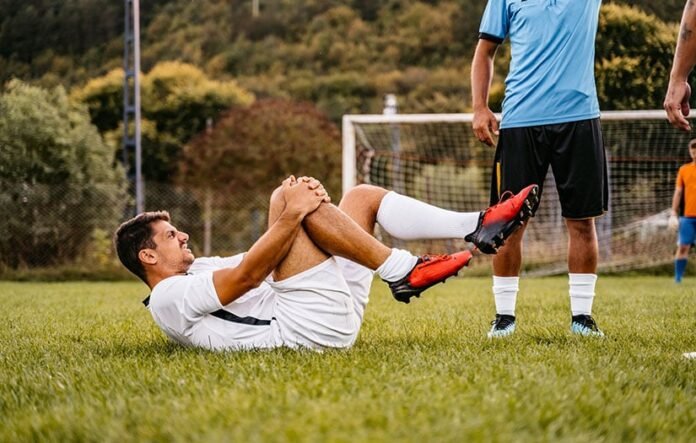Injuries in Sports: Understanding the Impact on Athletes
Sports, with their exhilarating moments of triumph and skill, also come with a significant risk: Sports injury recovery injuries. From minor sprains to career-ending fractures, common sports injuries are an unavoidable aspect of athletic endeavors. Understanding the impact of sports injuries on athletes is crucial for enhancing prevention, treatment, and overall well-being within sports communities, including through effective strategies like sports injury physiotherapy
The Physical Toll
Injuries in sports can vary widely in severity and type, affecting different parts of the body depending on the sport and the conditions. Common injuries include ligament sprains, muscle strains, fractures, and dislocations. These injuries often result from sudden impacts, overuse, poor technique, or inadequate conditioning. For instance, contact sports like football and rugby pose higher risks of concussions and joint injuries due to physical collisions. On the other hand, repetitive motions in sports like tennis or running can lead to chronic injuries such as tendonitis or stress fractures.
Psychological and Emotional Impact
Beyond the physical pain and Sports injury recovery, injuries can profoundly impact an athlete’s mental health. The sudden loss of physical ability and the uncertainty of recovery can lead to feelings of frustration, anxiety, and even depression. Athletes often experience a sense of identity crisis when sidelined, as their self-worth and daily routines revolve around their sport. Moreover, the fear of reinjury upon return can affect their performance and confidence, creating a cycle of psychological stress.
Career and Financial Ramifications
For professional athletes, injuries can jeopardize careers and financial stability. A prolonged recovery or recurring injuries may lead to decreased performance levels, affecting contracts, endorsements, and overall marketability. Even for amateur athletes, injuries can impact scholarships, academic performance, and future opportunities in sports.
Societal and Cultural Influences
The societal pressure to perform, coupled with the cultural glorification of athletes as invincible heroes, can discourage athletes from reporting injuries or seeking adequate recovery time. This mentality often perpetuates a cycle of injury and reinforces the stigma associated with vulnerability in sports.
Prevention and Rehabilitation Strategies
To mitigate the impact of injuries, sports organizations and healthcare professionals emphasize prevention strategies such as proper conditioning, technique training, and the use of protective gear. Comprehensive rehabilitation programs tailored to the specific needs of athletes help restore strength, flexibility, and confidence. Mental health support is also increasingly recognized as essential, with sports psychologists playing a crucial role in guiding athletes through the emotional challenges of injury recovery.
Conclusion
Injuries in sports are not just physical setbacks; they encompass a complex interplay of physical, psychological, and societal factors that profoundly impact athletes’ lives. Understanding and addressing these impacts require a multifaceted approach that prioritizes prevention, comprehensive care, and support systems for athletes at all levels. By fostering a culture that values athlete well-being alongside performance, including sports injury physiotherapy, we can strive towards safer and more sustainable sporting environments where athletes thrive both on and off the field.
FAQs
- What are the most common sport injury?
- Common sports injuries include sprains (ligament injuries), strains (muscle/tendon injuries), fractures (broken bones), and dislocations (joint injuries). These can result from overuse, sudden impacts, or poor technique.
- How do sports injuries affect athletes mentally?
- Sports injuries can lead to feelings of frustration, anxiety, and even depression due to the loss of physical ability and uncertainty about recovery. Athletes may also experience a sense of identity crisis and fear of reinjury upon returning to play, emphasizing the importance of Sports injury physiotherapy in rebuilding confidence and physical resilience.
- What are the financial implications of sports injuries?
- Injuries can impact athletes financially by affecting contracts, endorsements, and marketability, particularly for professional athletes. They may also influence scholarship opportunities and academic performance for amateur athletes.
- How can sports injuries be prevented?
- Sports injuries, including common sports injuries, can be prevented through proper conditioning, technique training, and the use of protective gear. Regular physical assessments and adequate rest also play crucial roles in injury prevention.
- What is the role of rehabilitation in sports injury recovery?
- Rehabilitation programs are essential for restoring strength, flexibility, and confidence in athletes post-injury. These programs are tailored to individual needs and often include physical therapy, mental health support, and gradual return-to-play protocols.
READ MORE
Beyond the Game: Athletes as Role Models




